Search
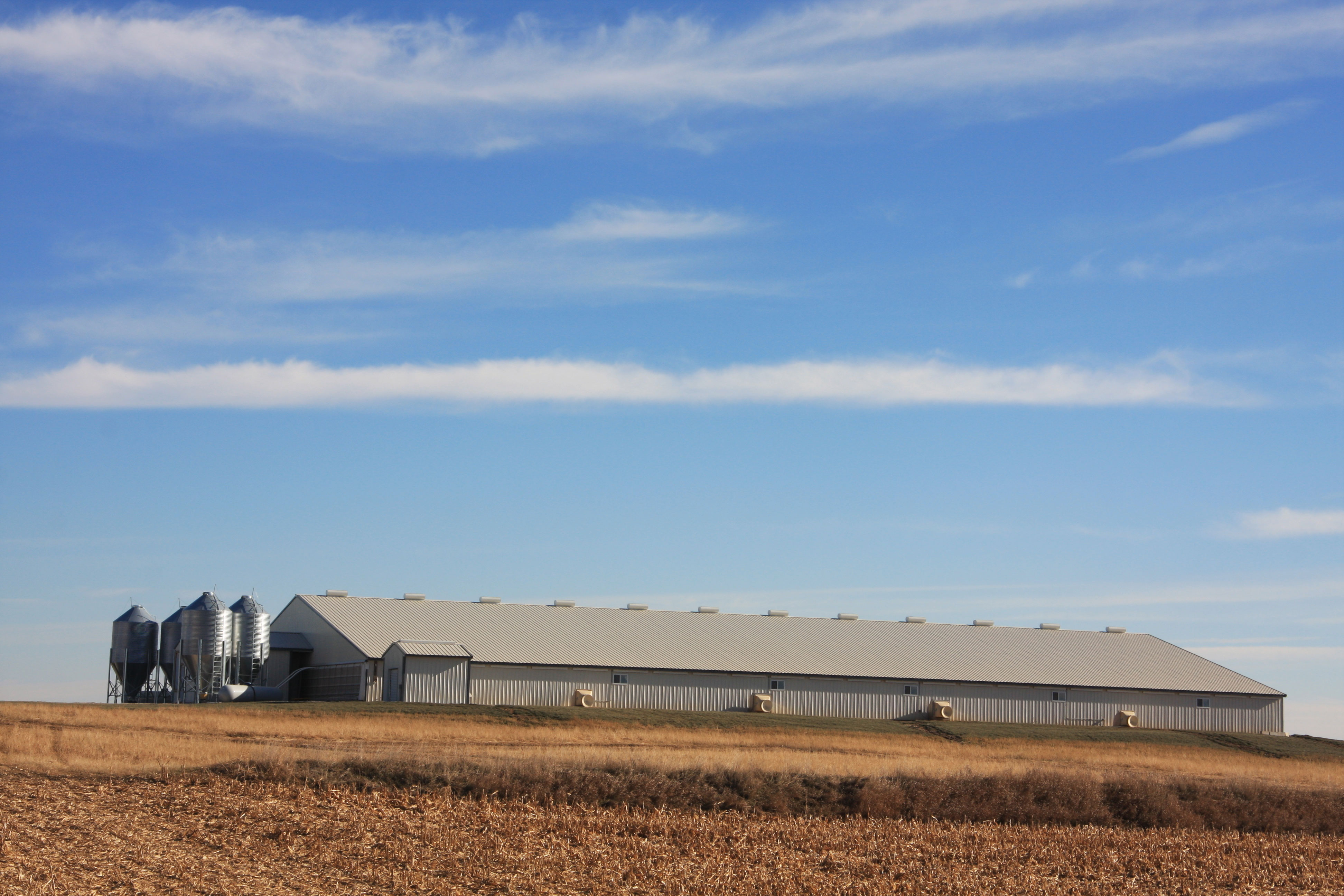
Pork Producers and the One Health Movement: Actions at the State Level
The term “One Health” has been coined to describe the concept that the health of people, animals and their environment are inextricably linked. The most commonly considered examples of One Health in practice are zoonotic diseases. For pork producers, influenza strains that originate in pigs, but pass to people are a pertinent example.
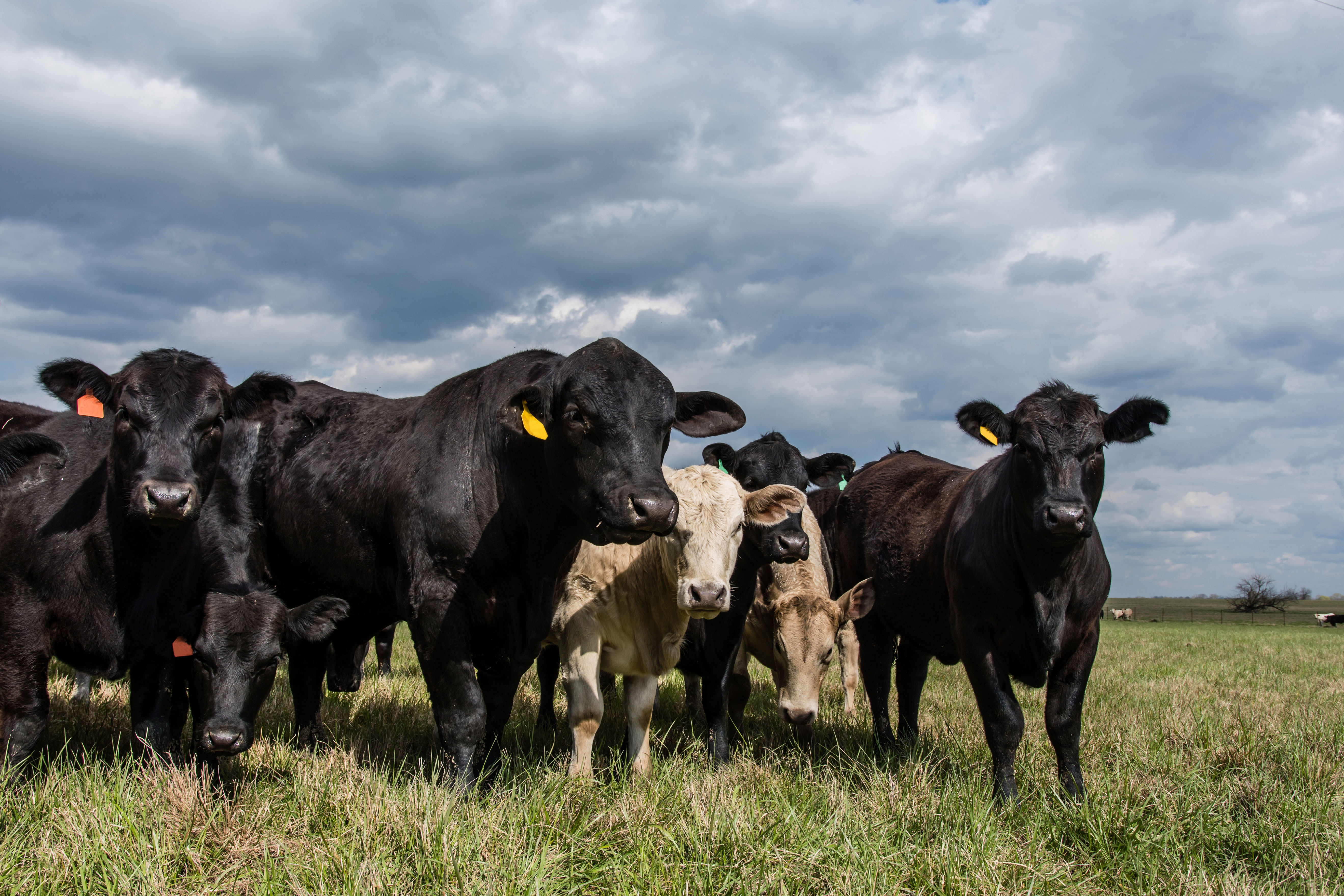
Ensure Herd Bulls Are Ready for the Upcoming Breeding
Percent of calf crop weaned on any operation is the single largest factor influencing profitability. Subsequently, herd bulls influence herd fertility more than any other single animal.
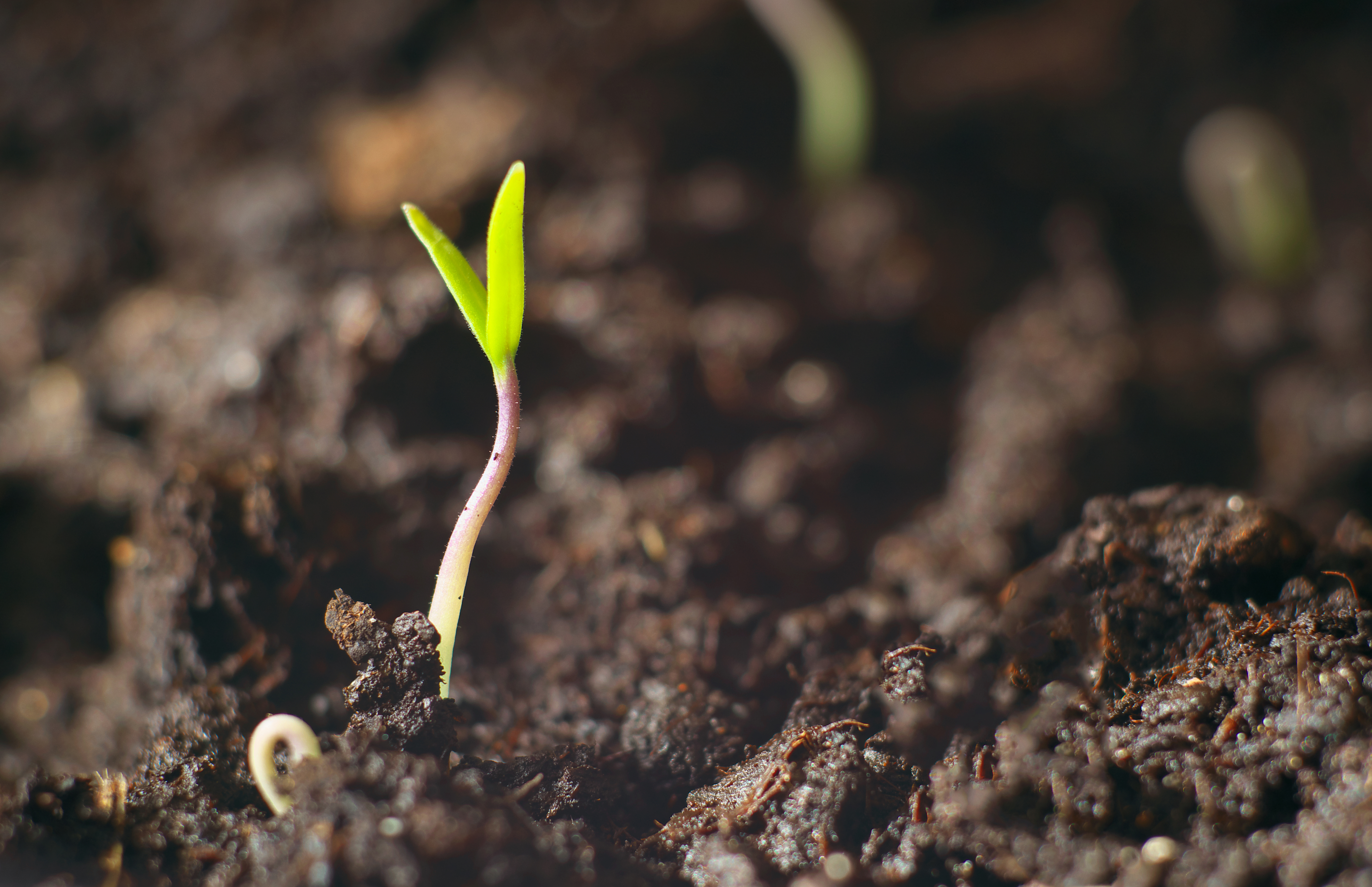
SDSU Extension to Address Economic and Marketing Issues in Crop and Livestock Production During Ag Economic Dialogue Series
August 06, 2020
SDSU Extension will host monthly Ag Economic Dialogues throughout 2020 to assist farmers and ranchers in making the best and most profitable decisions for their operations.
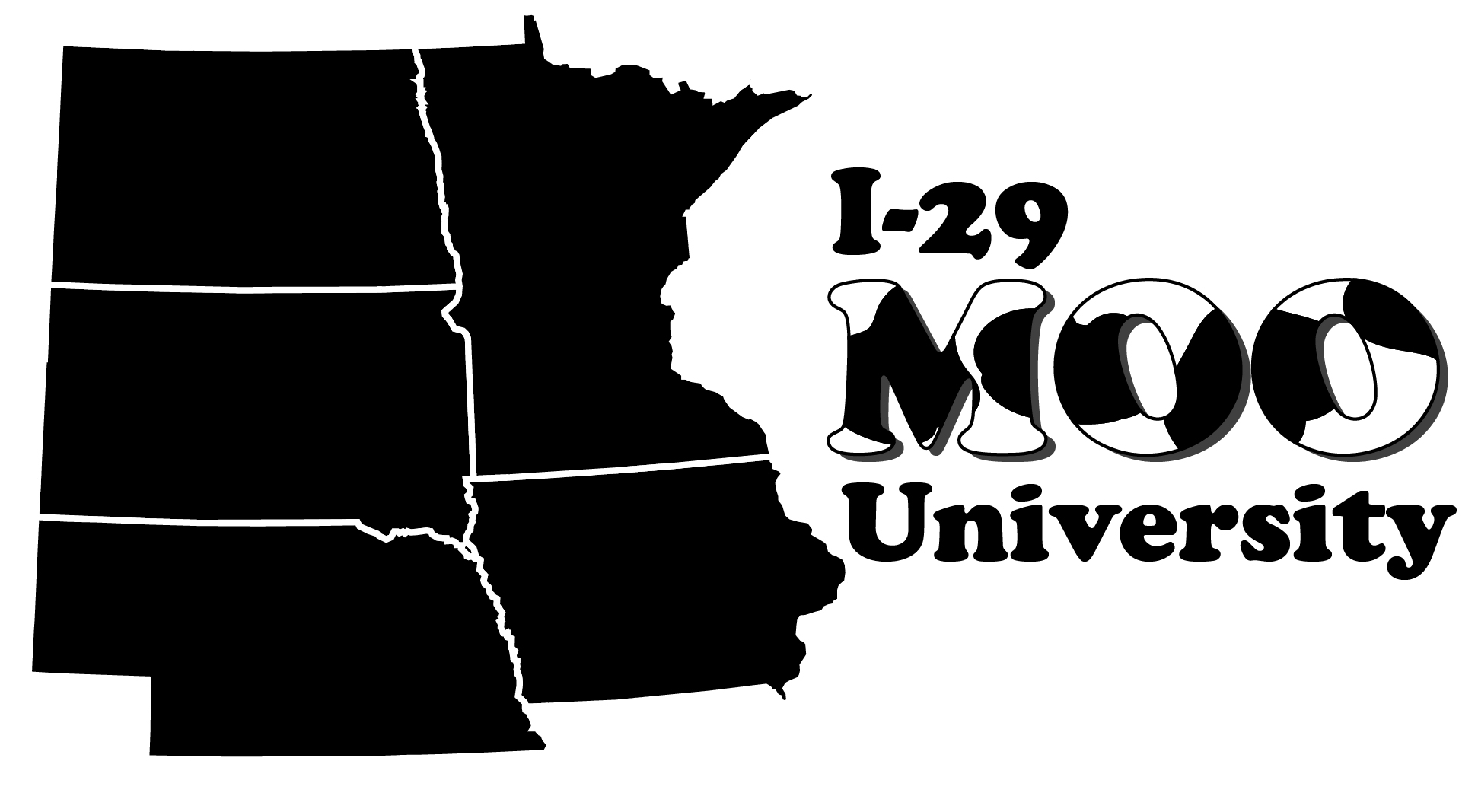
I-29 Moo University Dairy Beef Short Course to be Held Online March 24 Due to COVID-19
October 15, 2021
The I-29 Moo University Collaboration will host the annual Dairy Beef Short Course online on March 24.

A Tricky Task: Removing Dicamba From Sprayers
With the introduction of many new plant growth regulator herbicides, such as dicamba-based, and 2,4-D choline products, sprayer system cleanout has become even more critical before spraying resumes this growing season.

Alternative Pasture Weed Control
The term ‘weed’ can be broadly applied to any plant that is undesirable at any given time and place based on certain criteria. It is important to understand that the word ‘weed’ has become a general term with no universal definition, and many plants are considered to be weeds, depending on location.
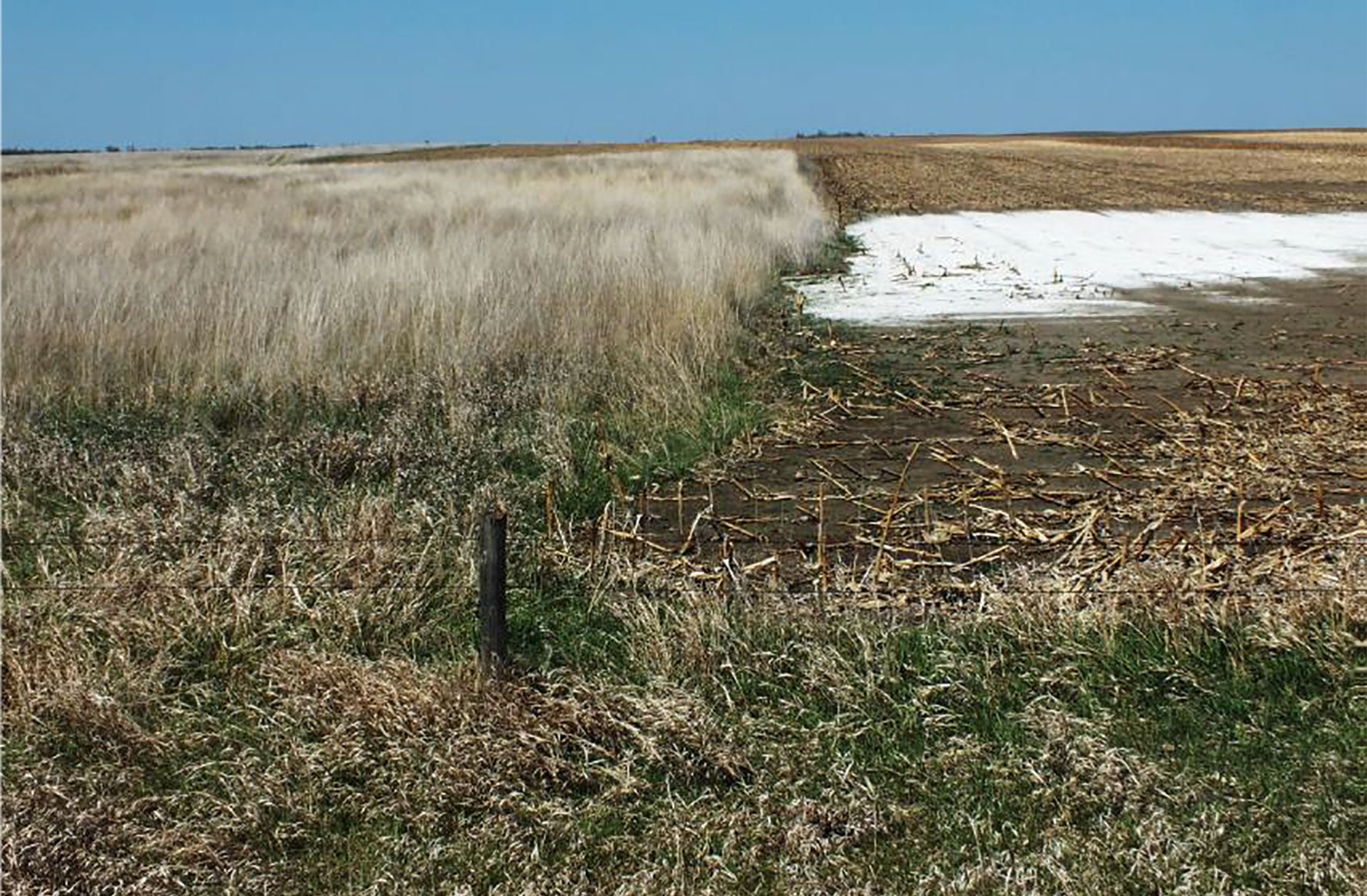
Managing Weeds While Transforming Marginal Land Into Perennial Forages Production
There are currently millions acres across South Dakota impacted by saline and sodic conditions. Research has shown that salt-tolerant perennial grasses are a possible way to bring land back into production.

Growing Your Own Food
Are you thinking about growing your own fresh vegetables this year, maybe for the first time? In addition to the satisfaction of providing fresh, nutritious and delicious produce for yourself and family or friends, many find working with plants and soil to be a great antidote for the worries and frustrations of the day.

Cash Flow is Critical
Strong business management skills and systems do not go out of style in times of uncertainty. These skills will help the business work through downturns in commodity prices. Cash flow budget accuracy is critical in developing and controlling the business.

Perennial Solutions for Alkali Areas
Reclaiming marginal lands, especially those considered saline or sodic can be very challenging and may take many years to accomplish. The key to turning around salt or alkali areas in your fields, begins with getting a living root established in the affected area.